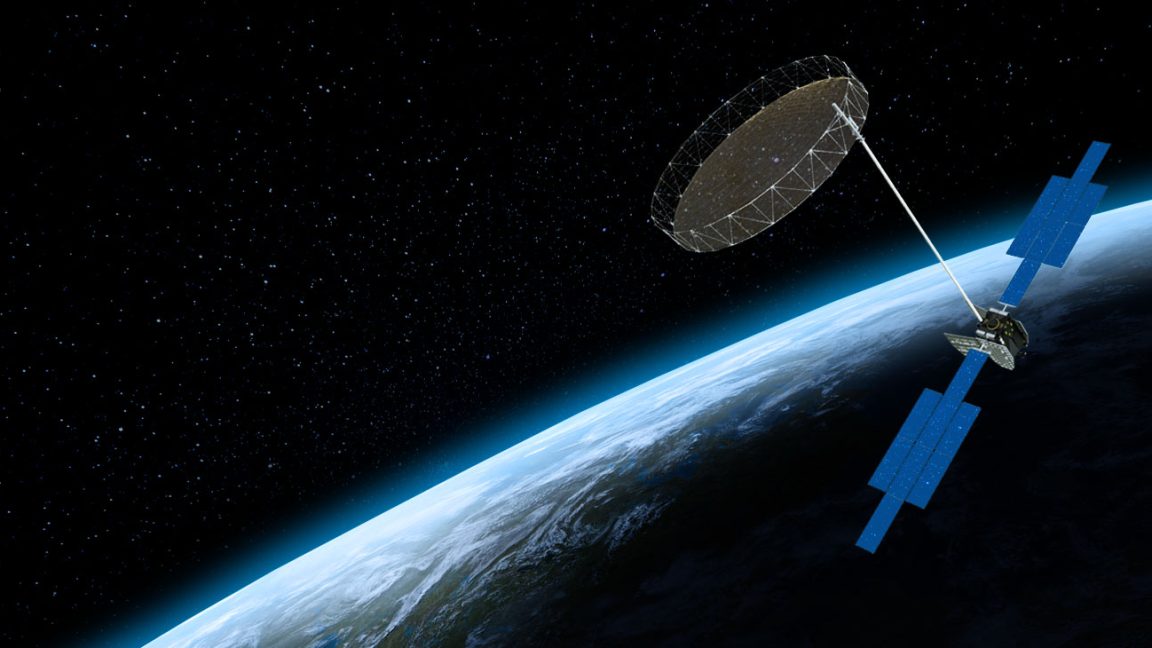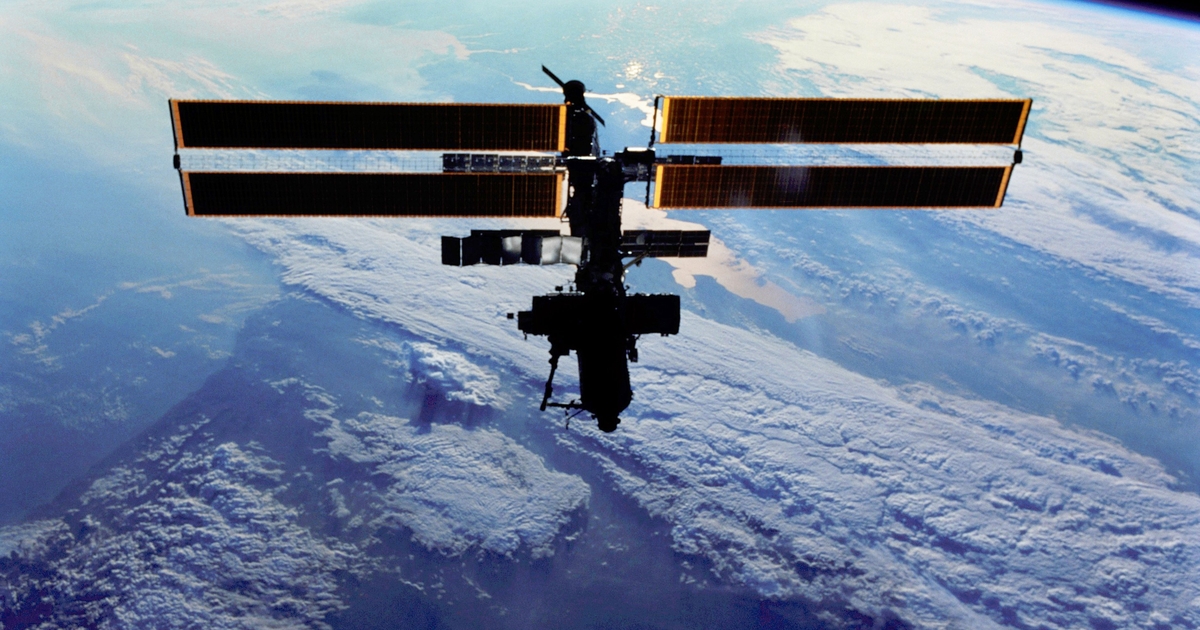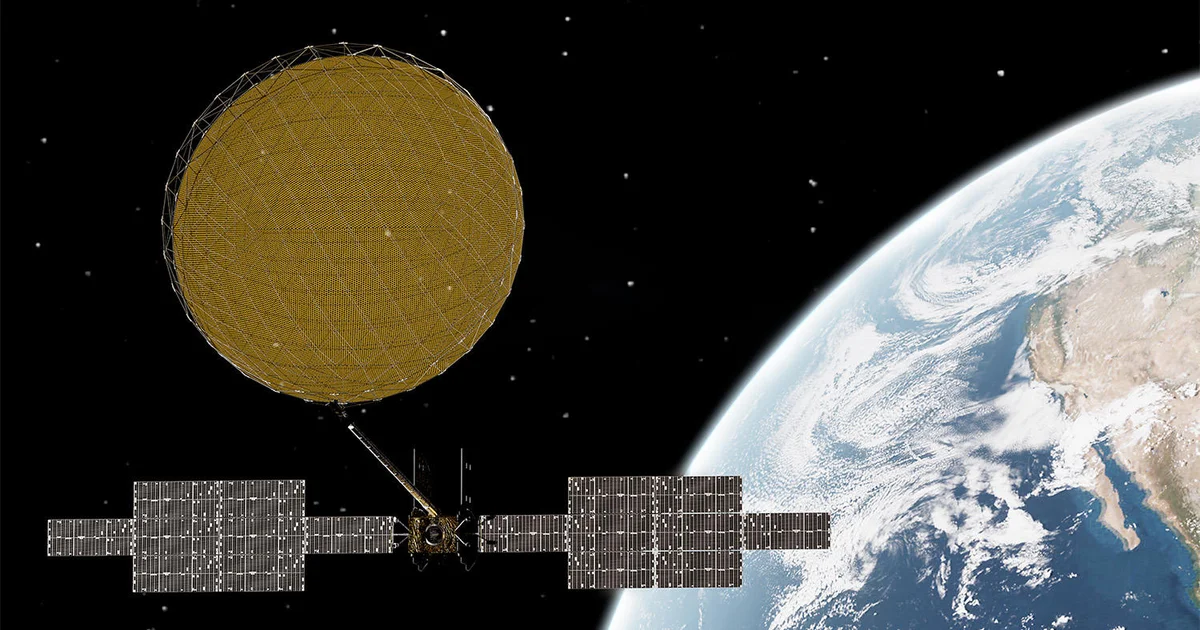Revolutionary- that indeed has been the case for U. S. technology: Viasat-the company's recent launch of smartphone satellite connectivities was the first of such services in Mexico. This development will also form a milestone for smartphone users, especially in remote areas that have no mobile network access.

New Opportunities through Viasat Satellite Connectivity
In the future, using this technology, Viasat will allow a smartphone user to connect directly to the satellite without a tower. It will feature calls and text messages by satellite and will eventually have satellite internet access even at great heights in mountains, deep forests, or other scarce rural environments.
Similar services have also been launched in Mexico, but further expansion plans are in place for developing countries in Latin America, Africa, and Asia. This will lead to closing the gap digitally and making internet access easier for all.
How Does This Technology Work?
The system uses low-earth orbit satellites to enable low-latency, high-speed connections. Since there would be no separate hardware to install on the user's smartphone, connection is enabled through a normal mobile phone.

Future Horizons
Experts indicate that entering this market would create significant chaos among the actors in the telecom industry. Other such companies are Starlink of Elon Musk or Project Kuiper owned by Amazon, but they are still pretty much in the works. It takes the first commercially viable leap.
Thus, such moves by Viasat will indeed help to reduce the digital gap as far as internet and communications services reach the most remote corners of the world. After successful launches in Mexico, the plans for the deployment of this technology across the world are expected to follow suit.
You can also read: Android Users Are Going Crazy Over This Secret Font Hack
Follow our WhatsApp channel for the latest news and updates
